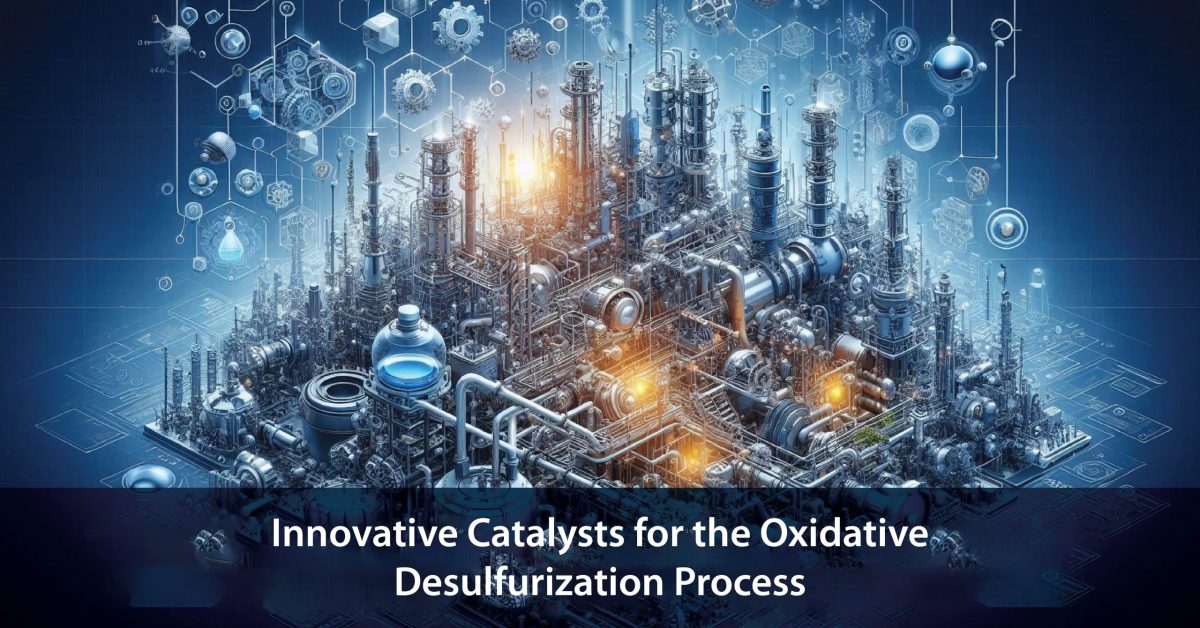There has been an increase in the demand for cleaner fuels recently due to strict environmental legislation that helps minimize sulfur emissions because the sulfur compounds in fuels have become key contributors to air pollution. The traditional industrial process of hydrodesulfurization has difficulties in removing refractory sulfur compounds under mild conditions that is , the development of alternative methods is imperative. Among them, oxidative desulfurization appears very promising due to its ability to operate under mild conditions and effectively target refractory sulfur compounds. The key to ODS’s success is the generation of creative catalysts that are likely to increase the efficiency and selectivity of the desulfurization process. Thus, the article seeks to offer a comprehensive review of the state of the art in catalysts for the oxidative desulfurization process, highlighting design, performance, and prospects for industrial applications.
The Importance of Oxidative Desulfurization
Oxidative desulfurization is a developing process that is either complementary or alternative to HDS, as it has lower operational temperatures and pressures that will in turn reduce the operation costs and energy consumption. In the ODS process, oxidation of the sulfur compounds into sulfoxides or sulfones takes place first. These are formed to be highly polar products, which can be easily removed through extraction or adsorption. The effectiveness of the process is very dependent on the catalyst utilized because it should facilitate the reaction of oxidation while maintaining high selectivity and stability. Through the years, a good number of catalysts have been designed and optimized, and each of them presents some unique advantages and highlights some particular problems in the desulfurization process.
Polyoxometalate-Based Catalysts
Among the various catalysts investigated for the process of oxidative desulfurization, polyoxometalates have emerged as one of the most efficient ones. These metal-oxygen clusters have demonstrated excellent catalytic properties, including high thermal stability, strong power in oxidation, and redox potentials that are tunable. In recent developments, POMs are modified and immobilized in various supports in order to enhance catalytic activity and facilitate their reutilization. For example, tethered tri lacunary polyoxometalate Na12[α-P2W15O56]·24H2O on alumina is reported to enhance mass transfer, hence resulting in ultrafast desulfurization of diesel fuels. This modification significantly improves catalytic performance and problems related to catalyst recovery and reusability hence, POM-based catalysts are very suitable for industrial applications.
Other development strategies in POM-based catalysts include the use of composite materials. For instance, polyoxometalate was successfully loaded onto carbonized cellulose nanofibers to form a composite that exhibited high efficiency in removing DBT and other sulfur compounds from model oil. This approach allows for the catalytic power of POMs with the structural benefits provided by nanofibers to achieve a powerful and green catalyst.
